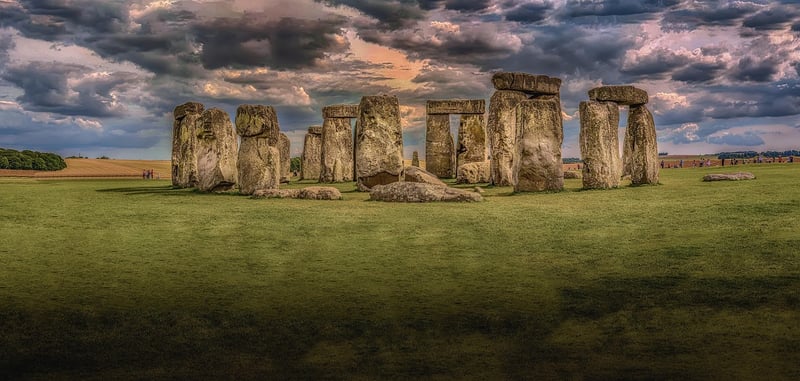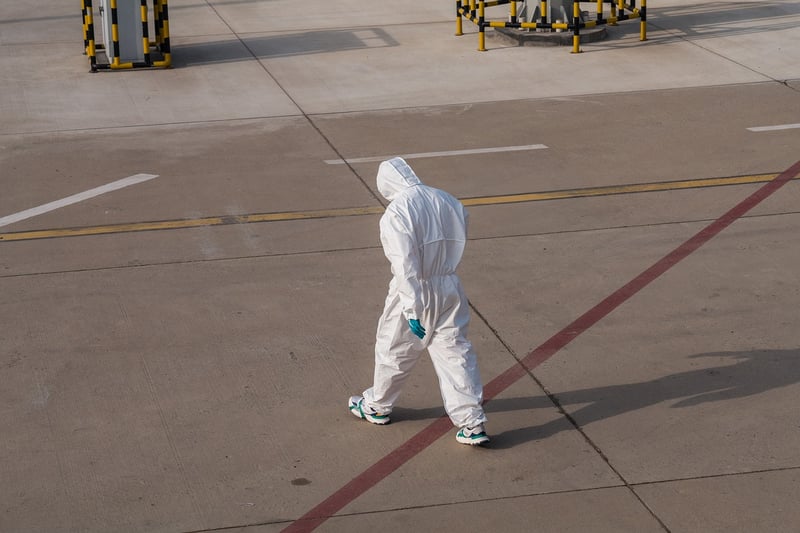Historical Precautions
Stay Safe While Traveling + Historical Precautions
Introduction
Traveling is an exciting and enriching experience, but it's essential to prioritize safety, especially when visiting historical sites. By taking necessary precautions, you can make the most of your trip while ensuring your well-being. Here are some tips to help you stay safe while exploring historical destinations.
1. Research Your Destination
Before embarking on your journey, research the historical site you plan to visit. Understand the local customs, laws, and potential risks associated with the area. This knowledge will help you prepare adequately and avoid any unforeseen circumstances.
2. Stay Informed
Stay updated on current events and travel advisories for your destination. Register with your embassy or consulate and keep their contact information handy in case of emergencies. It's crucial to be aware of any political unrest or natural disasters that may affect your travel plans.
3. Secure Your Belongings
While exploring historical sites, keep your belongings secure at all times. Use a money belt or a secure backpack to store your valuables. Be cautious of pickpockets in crowded areas and avoid displaying expensive items such as jewelry and electronics.
4. Dress Appropriately
Respect the local culture and dress modestly when visiting historical sites, especially religious sites. Some destinations may have specific dress codes that visitors are expected to follow. By dressing appropriately, you show respect for the site and its significance.
5. Stay Hydrated and Energized
Exploring historical sites can be physically demanding, so remember to stay hydrated and energized throughout your visit. Carry a water bottle and snacks to keep you refreshed during your sightseeing adventures. Pace yourself and take breaks when needed.
6. Follow Safety Guidelines
Observe all safety guidelines and warnings provided at historical sites. Be mindful of restricted areas, stay on designated paths, and follow instructions from local authorities and guides. Your safety is paramount, so adhere to the rules to avoid accidents or injuries.
7. Emergency Preparedness
Prepare for emergencies by carrying a first aid kit and knowing the location of the nearest medical facilities. Save important contact numbers, including emergency services and local authorities, on your phone. In case of any unforeseen situation, you'll be equipped to handle it promptly.
Conclusion
By following these safety tips and historical precautions, you can enjoy your travels to historical sites with peace of mind. Remember to be respectful of the local culture, stay informed, and prioritize your well-being throughout your journey. Travel safely and make unforgettable memories while exploring the wonders of the past.

